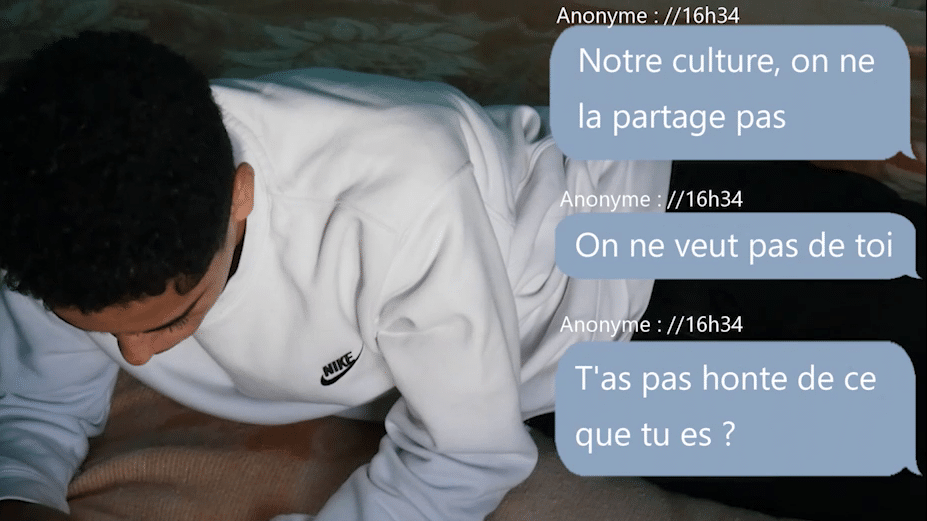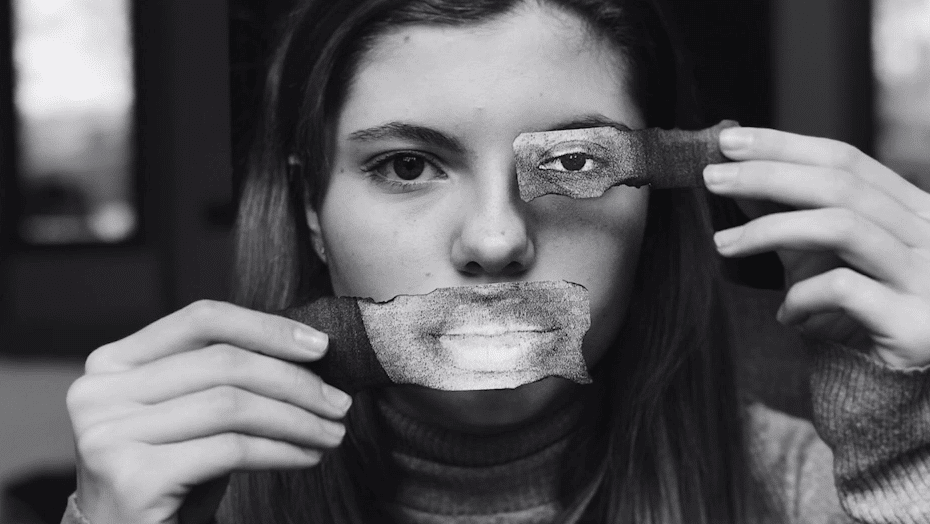Module 1: How to write an antiracist plot?
How to write an antiracist plot?
How do you put the virtues of interculturality into stories? How do you denounce injustice and discrimination while offering viewers solutions? What are the pitfalls to avoid?
This training module is part of the CLAP project; its purpose is to train facilitators in the collective writing of a film embracing various dimensions of the fight against racism.
It is structured around five questions, serving as gateways into the theme. Participants can choose where to start and follow their own path. We recommend taking notes to apply the considerations to real-life situations.
This module is based on a survey of hundreds of short films collected from the various CLAP project partners. The theoretical framework of the project can be read in full here.
You will find a blank space at the bottom of each page to write notes and save them. You can also use this tool to send a comment or question to the CLAP team. All your notes can be downloaded to keep track of your train of thought.
Topics covered
Media education, cinema, interculturality, racismDuration
3 hPublic
16+ (Self-training module)Materials needed
Computer with internet connection, headphones or speakers, notebookWhat would an ‘anti-racist’ film be like?
Start here if you don’t know where to begin.


How to document real experiences of racism and interculturality?
Start here if you’re wondering how to get a foothold in reality.
/
What crisis will the story portray?
Start here if you’re wondering how to tell the story of racism in society through the stories of a few characters.
/


Who will be the characters in the film?
Start here if you’re wondering how to imagine believable characters and avoid stereotypes.
/
How do you choose the ‘genre’ of the film in relation to the message?
Start here if you’re wondering if it’s possible to make an antiracist science fiction film.


What impact will the film have on the audience?
Start here if you’re wondering how the audience will feel during the final credits.
/
Module Content
What would an ‘anti-racist’ film be like?
You don't currently have access to this content
How do you document real experiences of racism and interculturality?
You don't currently have access to this content
What ‘crisis’ will the story portray?
You don't currently have access to this content
Who will be the characters in the film?
You don't currently have access to this content
How do you choose the ‘genre’ of the film in relation to the message?
You don't currently have access to this content
What impact will the film have on the audience?
You don't currently have access to this content

